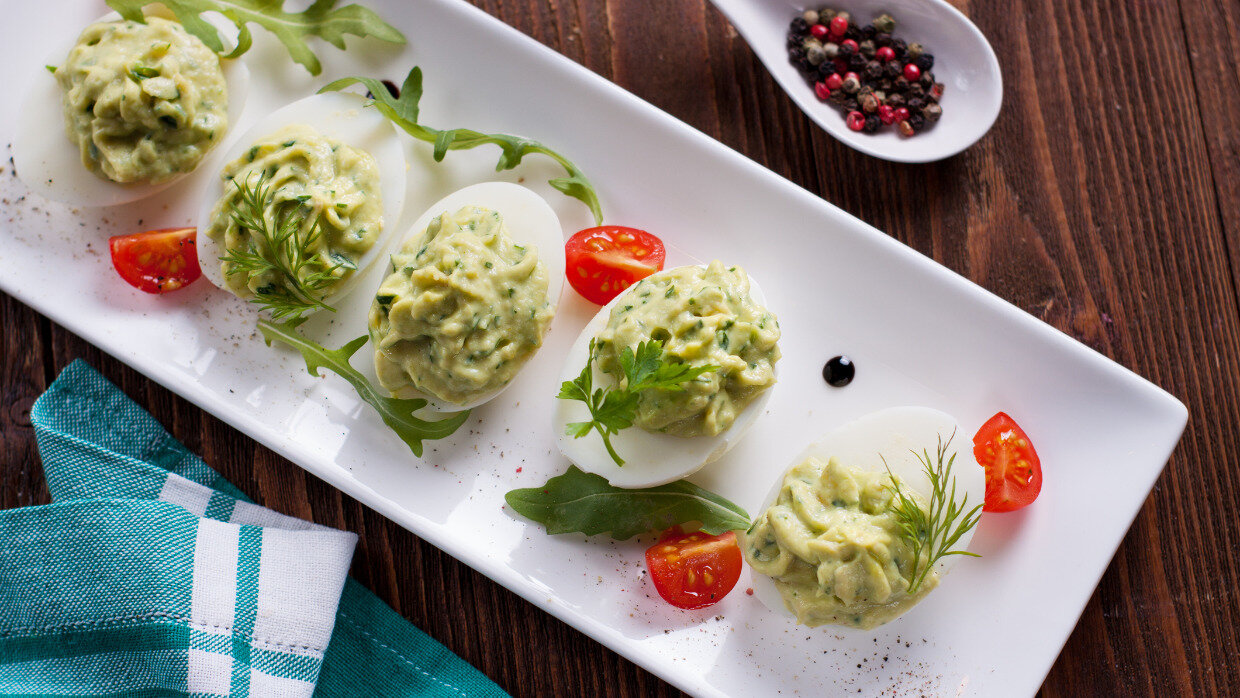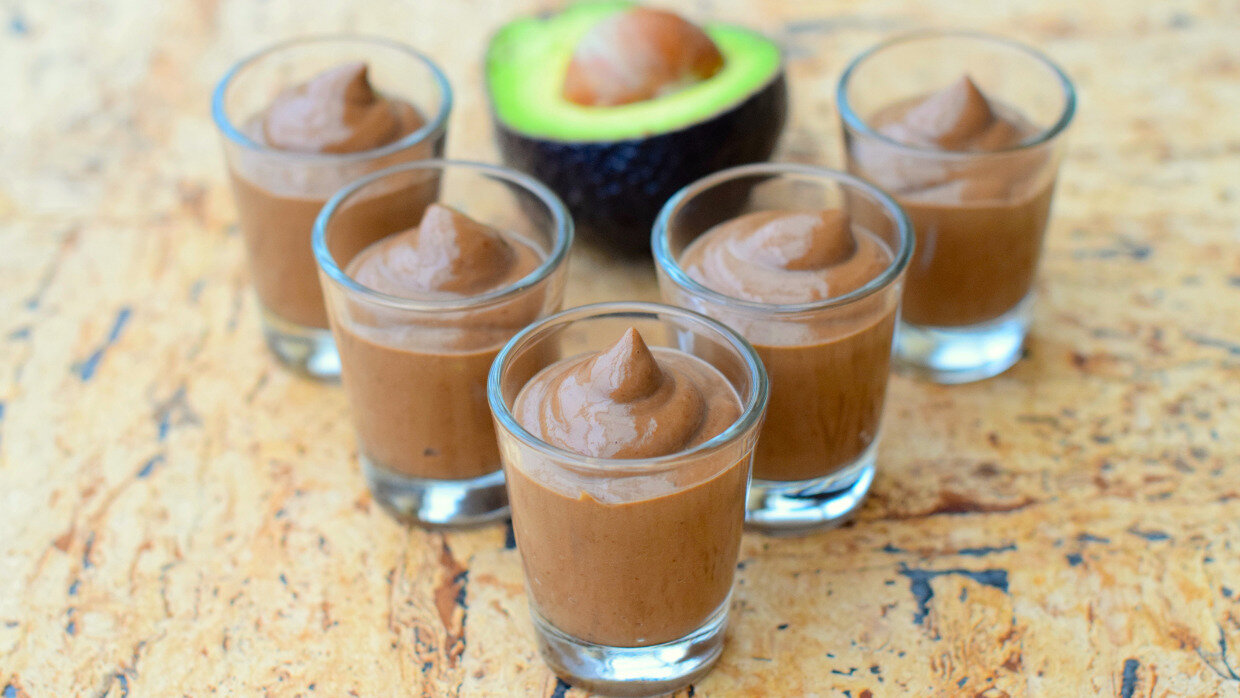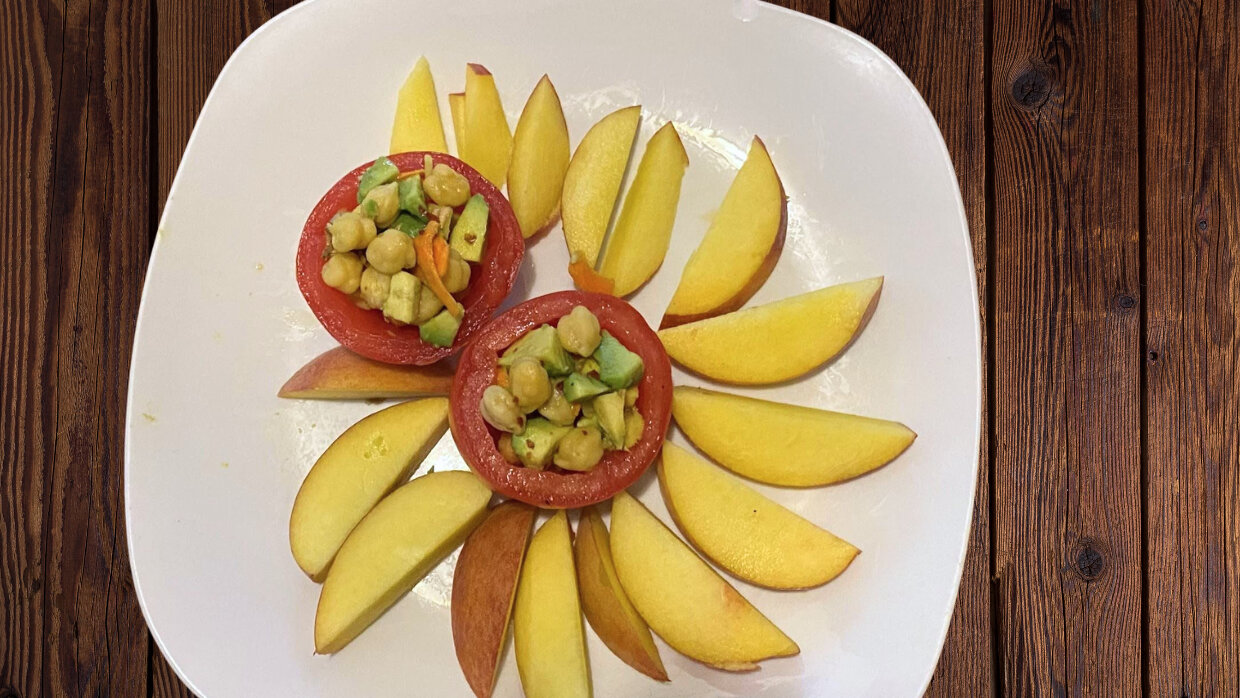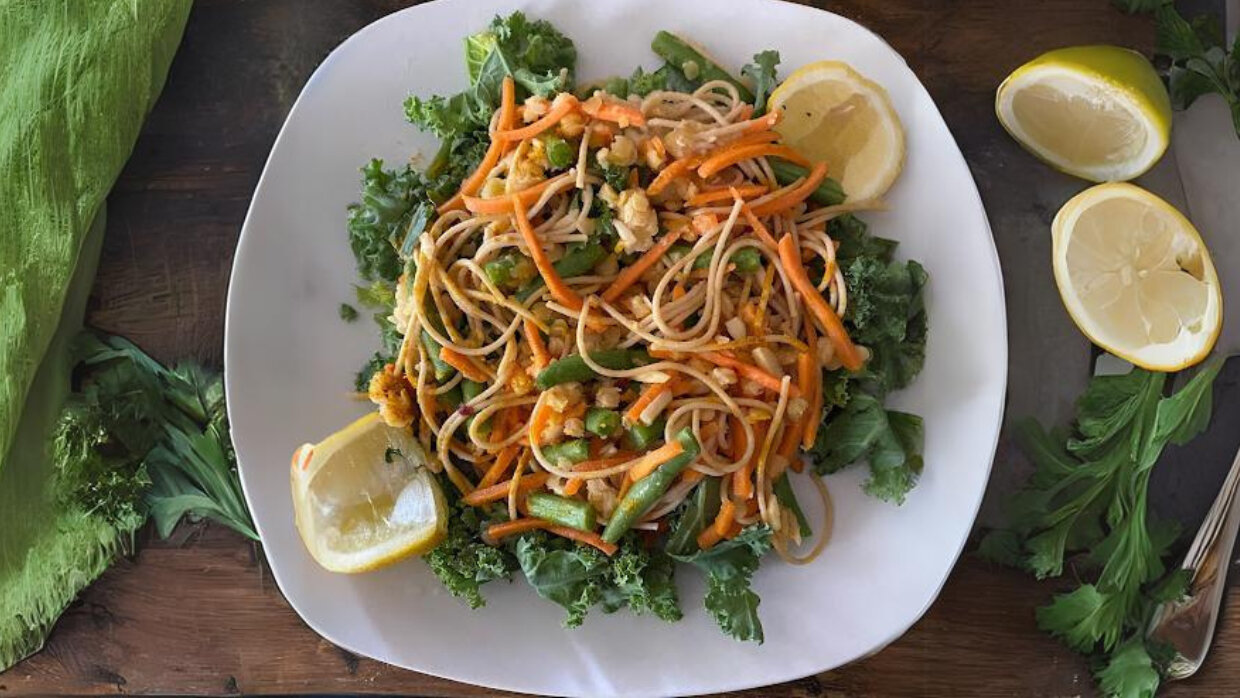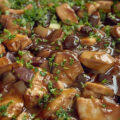When my doctor told me ten years ago to give up milk and replace it with soy for allergy season because milk creates mucus, I did it because I was tired of spending a month in bed with severe allergies and sinus infections. There was no change despite three rounds of antibiotics.
With all the Jewish chutzpah I could muster, I went to another doctor who tested me for food sensitivities, the foods that are behind how our bodies function.
And guess what? Soy was the culprit. I gave up soy, and my symptoms went down 90 percent. I haven’t taken an antibiotic for my allergies since.
I was also told rye and apples were potentially causing reactions, and I have a mild reaction to salmon. I stopped eating rye and apples for a while, but Lox and all forms of salmon will always be a diet staple. Imagine no rye, salmon, or apples! What would I eat?
So, I went back to school to get a master’s in public health nutrition and co-created an online 30-Day Precision Nutrition Challenge that removes and reintroduces common allergens such as wheat, soy, and dairy four days at a time in addition to seeded vegetables that sometimes cause digestive issues.
The recipes below are from the course. They’re based on the following principles that I suggest everyone do for a healthy new year.
- Throw Out Pantry Items (Or Don’t Rebuy Them) That Have No-Food Ingredients on the Label
One of the first steps to clean eating is reading food labels and getting rid of items with preservatives or additives on the label. How do you tell if it’s a preservative or additive? The first step is seeing if you recognize each item on the ingredient list of a product as actual food. For instance, modified corn starch or polysorbate don’t exist in nature.
- Purchase Your Spice and Baking Staples
When eating less prepackaged foods, the foods you do eat might seem bland. Make sure you have pure spices in your pantry such as a sea salt grinder, black pepper grinder, garlic, chili pepper, paprika. and turmeric. If you plan on baking, also purchase baking powder, baking soda, and your favorite whole grain flour such as Kamut. Kamut is a whole grain wheat that tastes as good or better than white flour. You can find Kamut puffs cereal and Kamut pasta that the only ingredient is Kamut.
- Minimize Refined Grains
From Israel to the United States, most countries are putting in dietary guidelines to limit refined grains such as white rice, pasta, and pearled barley. These grains throw extra processes that whole grains don’t. While you’re thinking about processed grains, minimize gluten-free options such as crackers that have multiple ingredients. If you need to reduce gluten, consider quinoa or buckwheat (also called kasha) that are berries and have similar nutrient profiles of grains.
- Reduce Saturated Fat.
Saturated fat is often linked to heart disease and increased risk of stroke. Reduce cooking with chicken fat and butter. Do use avocado, avocado oil, olive oil, and pecan oil. Limit high-fat cheeses by measuring each 1-ounce serving.
- Consider How Food Affects Your Body.
I have a mild milk sensitivity, but it isn’t lactose. It’s from the other milk protein, so my body loves Greek yogurt and would do well with milk with extra lactose. Lactose-free milk would likely make me sick, while it’s common for Jews to have milk allergies having to do with Lactose Intolerance. If you find your body is having a reaction, you can try removing one food at a time for a few days. If the reaction is severe, talk to your doctor.
Deviled Avocado Eggs
Eggs are everywhere in Jewish culture from a symbol of renewal on the seder plate to egg salad sandwiches and boiled, brown eggs in cholent. But no matter what the recipe, they can be off the table for Jews with high cholesterol or heart conditions. Heart disease is behind 15 percent of the mortality rate in Israel.
To still eat deviled eggs and lower your cholesterol, sub in avocado for the yolk. You’ll add healthy unsaturated fats and fiber to your appetizer. Serve with whole grain toast for cholesterol-reducing fiber. You can chop up the deviled eggs for a yummy, deviled egg sandwich.
Avocado Chocolate Mousse
While you have those avocados out, consider making an avocado chocolate mousse. Avocados add fiber, unsaturated fat, and the electrolyte potassium to your diet. Unsweetened cocoa also adds fiber.
Chickpea and Turmeric Stuffed Tomatoes with Sliced Peaches
Chickpeas and Jews share over 250 lifetimes of history. Hummus and Israeli chickpea salads are just the latest take on it. Queen Esther needed to keep kosher while living in the palace, so it’s said she lived on a diet with a lot of legumes such as chickpeas, lentils, and peas. To celebrate Esther, this recipe brings together the sweetness of peaches and tomatoes with the protein and fiber of chickpeas and avocado. None of the ingredients included are known allergens.
Lentil and Green Bean Salad
So, lentils don’t have the happiest connotations in Jewish cooking. They are often served as part of mourning loved ones. However, they were in Queen Esther’s diet, too, so it evens out. This recipe contains kale for calcium, whole grain pasta (high fiber and better than refined grains like white pasta or white rice). Carrots and green beans for B vitamins, vitamin K, and other nutrients.
Orange Sesame Tahini
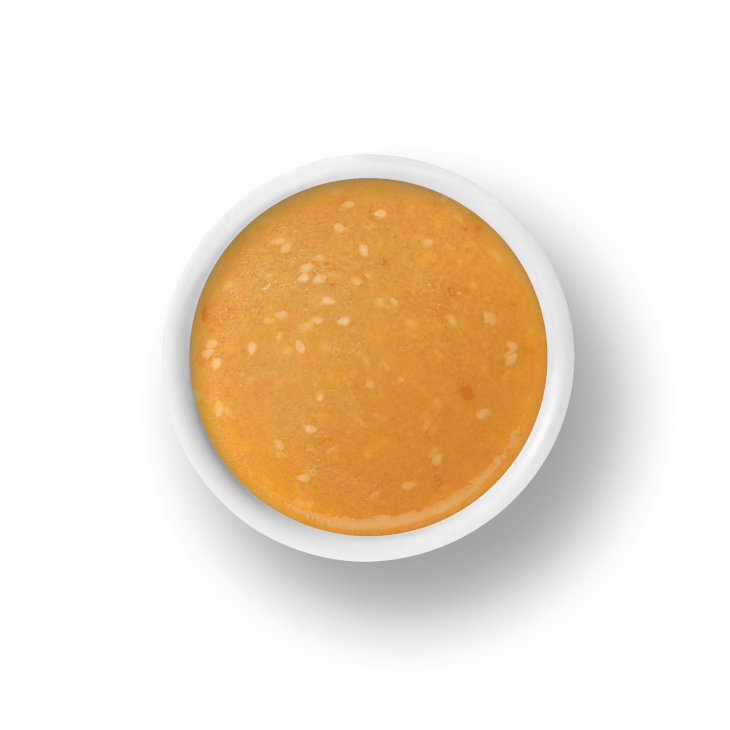
It’s no halvah, but orange sesame tahini provides Vitamin C, fiber, iron, and calcium. One quarter cup unhulled sesame seeds has over a quarter of the daily requirements for calcium, making it an incredible dairy substitute. For those that are sensitive to milk, or just want a break from dairy and your regular morning cereal routine make this dish.
Simply blend ½ cup of unhulled sesame seeds with one navel orange. It will make two servings you can enjoy as breakfast paired with whole wheat toast.
Have a happy and healthy new year!





